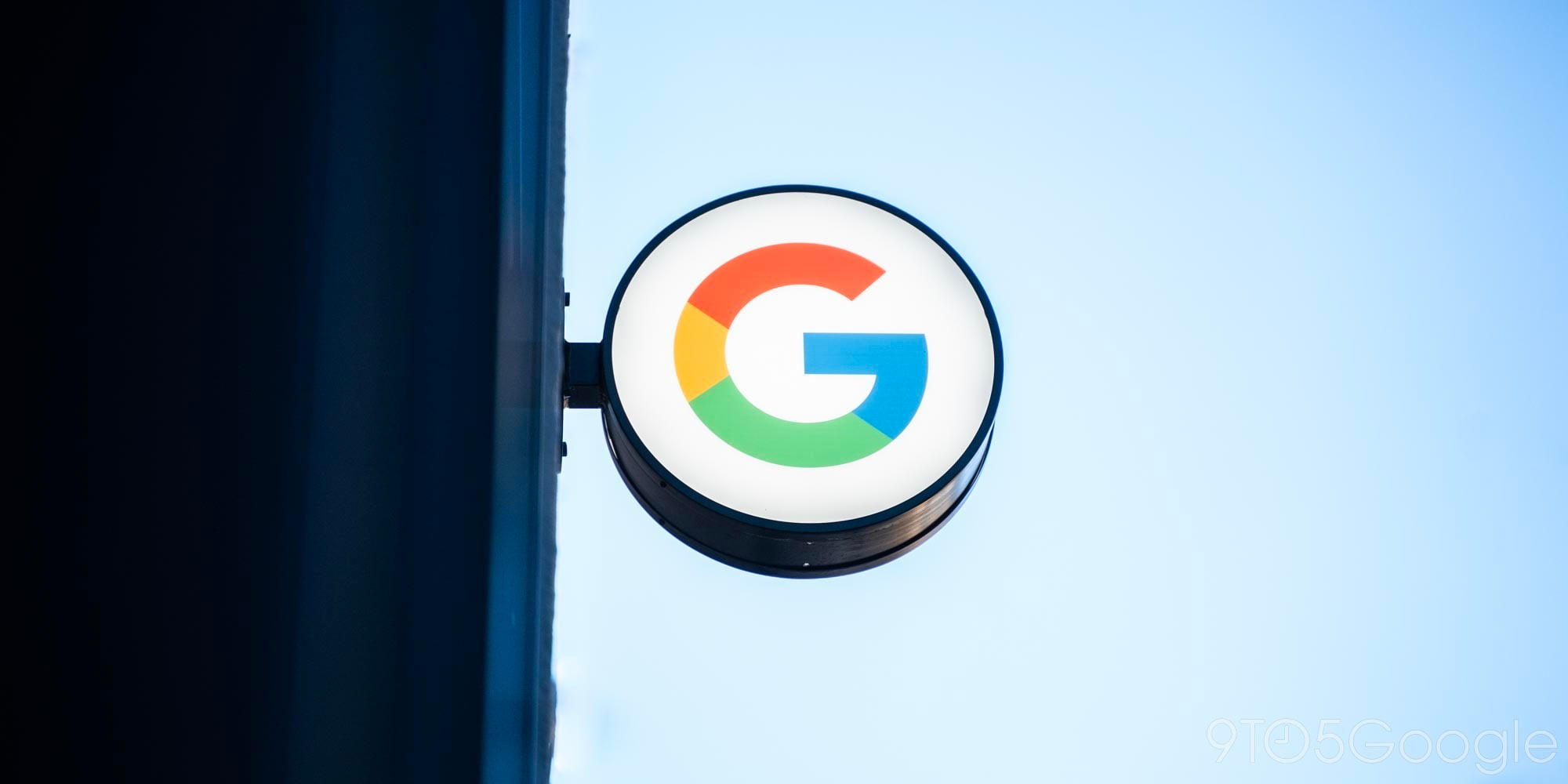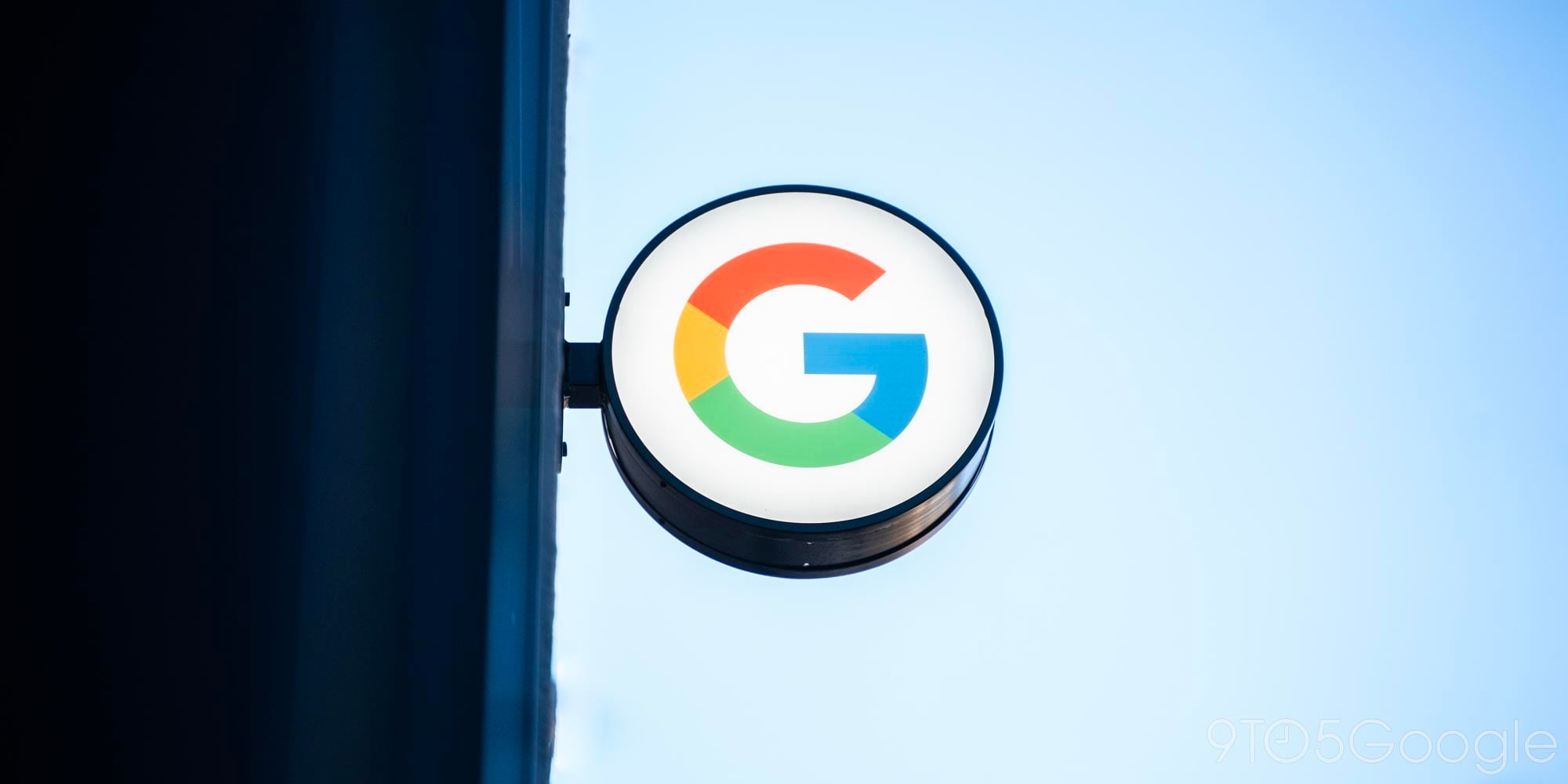The U.S. Patent and Trademark Office first published Samsung’s patent about a dual-display smartphone in September 2011, but now a second patent application on the subject recently surfaced that advances on the previous design.
According to PatentBolt, the two patents detail the device’s functionality by describing how both screens can display several apps simultaneously, such as showing a picture on one screen and chatting in a window on the other panel. The device could further feature capabilities for “television (TV) watching, on-line game service and on-demand video service are communications or applications that may be provided to users,” or even voice communication, SMS, and mobile banking. The dual screens could also seamlessly join to create one larger display.
Samsung’s older patent explained many of the above functions, but a problem with manufacturability weighed down the likelihood of this product ever becoming known. One of the main drawbacks to the original design is its hinge, but a large part of Samsung’s newer patent concerns a better hinge solution.
The strength of the new hinge will allow the unit to stay in place, so the user can consume content while recharging (and without the need for a separate docking station). The entire concept provides “the plurality of display units which rotate stepwise,” according to PatentBolt, by way of an advanced multi-axis hinge. Moreover, Samsung now uses the term “multidisplay” instead of “dual display.”
The South Korea-based manufacture apparently believes consumers need a portable communication device with a “multidisplay.” Its latest patent application for the device filed in Q4 2011 in the U.S., and the U.S. Patent and Trademark Office published it in Q2 2012.
Samsung is No.1 in terms of global smartphone market share due to its wide variety of premium Android-powered devices, such as the Galaxy S III.
Related articles
- Standardized Samsung Galaxy SIII gets line of accessories
- Samsung 55-inch ES8000 LED Smart TV platform shows that Samsung doesn’t need GoogleTV

FTC: We use income earning auto affiliate links. More.




Comments